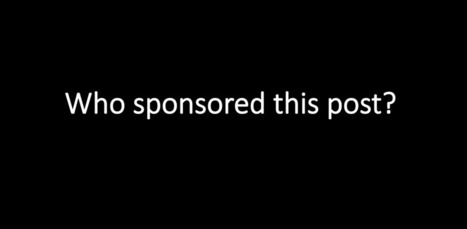Native Insider: Part of the challenge with "native" is that each organization has a different understanding of what it is. For the purposes of the research, what is your definition of native advertising?
Wu: In our study, we defined native advertising as sponsored content, which features content that is similar and consistent with publishers’ content and is often consumed by readers like non-sponsored content. I agree that there are also other types of native advertising, such as sponsored social media posts or sponsored hyperlinks. We focused on sponsored content because it is widely adopted by many news organizations, including very reputable ones like The New York Times.
Native Insider: Your research found that when content was identified as native advertising, readers expressed a lower opinion of the media outlet it was published in. However, the reputation of the company being promoted was not affected. Can you elaborate on this finding?
Wu: I think this was one of the most interesting findings in our study. We originally expected that both companies and media outlets would be negatively influenced. However, the media outlet was the only source that was affected. On one hand, this indicates that readers are not surprised by the sponsored content from a company, since similar covert marketing techniques have been utilized before, such as video news releases....

|
Scooped by Jeff Domansky |
Jeff Domansky's insight:
Fascinating research study shows media host's reputation suffers but not the advertiser doing native advertising. Also, the conversation looks at the FTC and its out of date guidelines.



 Your new post is loading...
Your new post is loading...









So what is your motivation for joining the My Advertising Pays network? Are you looking for time freedom, financial freedom, an executive lifestyle? Whatever your motivation is the goals you have can be achieved with My Advertising Pays. Simply stick to a simple daily routine to maximize your active number of credit packs. Read more...